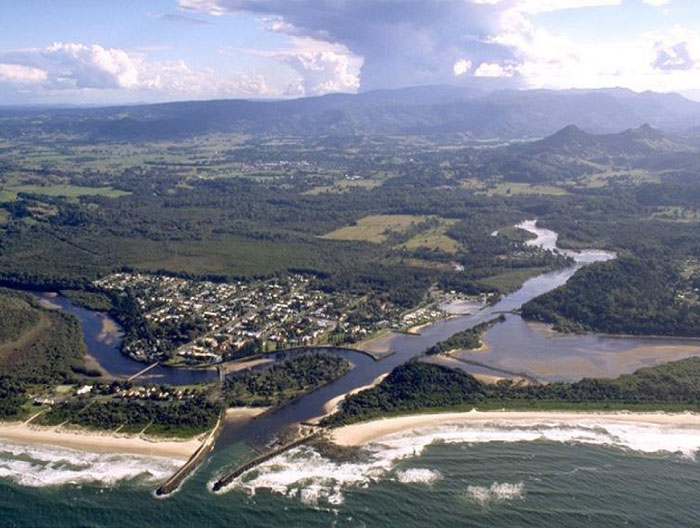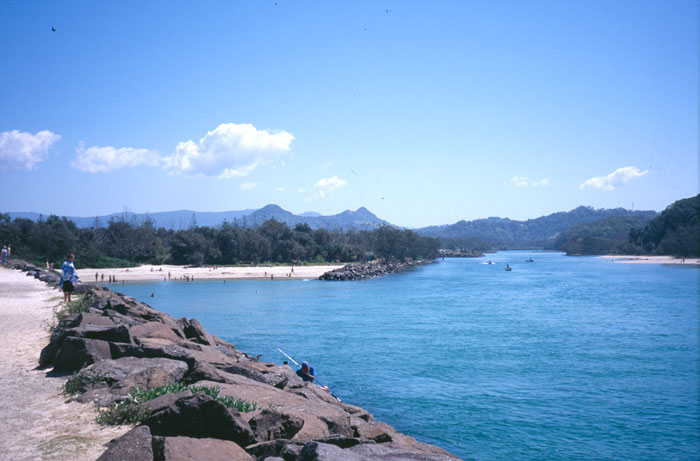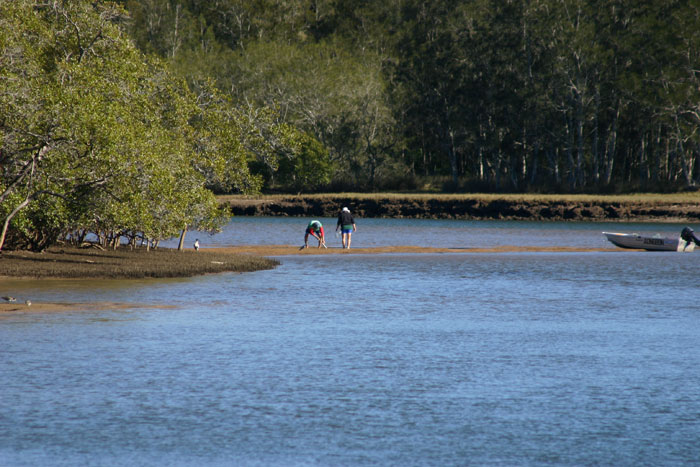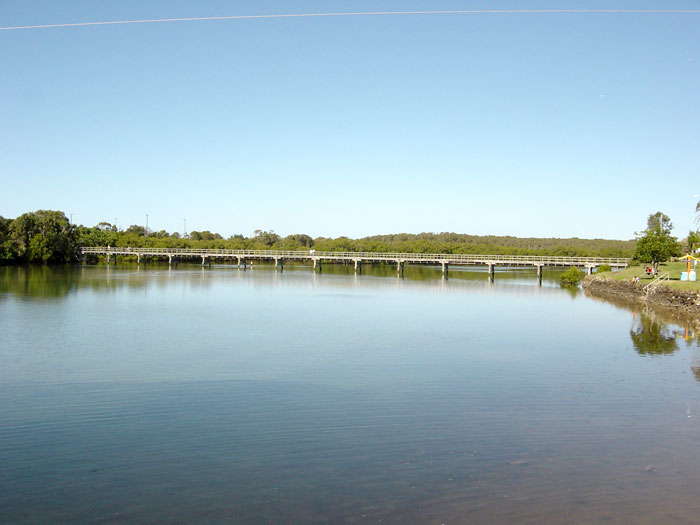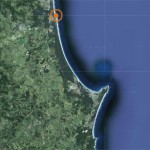 The Brunswick River (known as Durrumbil) and associated wetlands, saltmarsh and coastline near its mouth were considered a place of significance for our people and the Bunjalung nation. It was a special meeting place for ceremonies and trade purposes.
The Brunswick River (known as Durrumbil) and associated wetlands, saltmarsh and coastline near its mouth were considered a place of significance for our people and the Bunjalung nation. It was a special meeting place for ceremonies and trade purposes.
There was a steady source of food such as dugum (pipis), julum (fish), oysters, bird eggs, land based animals and other bush tucker which could support large numbers of people for months at a time. Leaves from Foambark (Jagera) trees found in the forest near the river were used for hunting. They released a mild poison when prepared and released into tidal pools stunning fish and causing them to float to the surface, which made them easy pickings.
Middens are common around Brunswick Heads, although sandmining from 1930 onwards unfortunately destroyed many of these. Those remaining are important cultural sites and need to be protected.
 NAIDOC Week 2016
NAIDOC Week 2016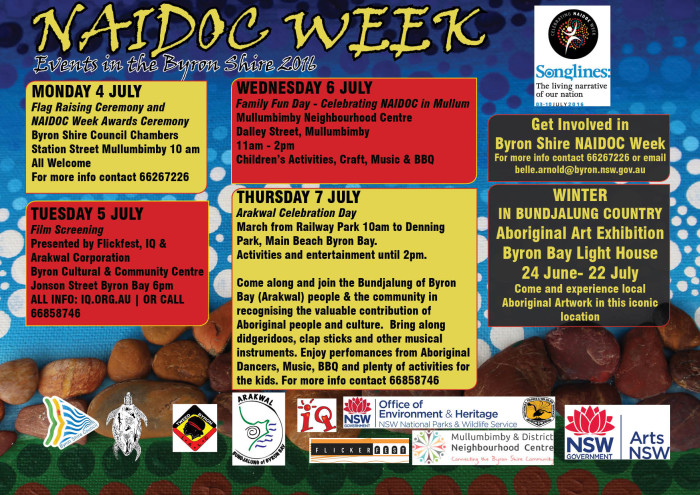 NAIDOC Program
NAIDOC Program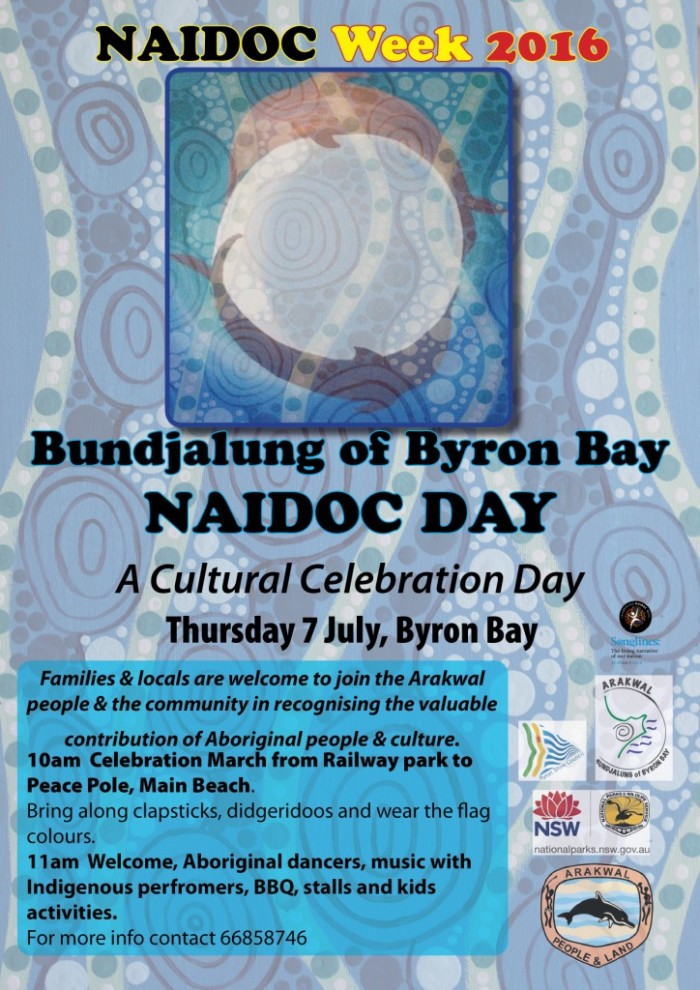 Cultural Celebration
Cultural Celebration